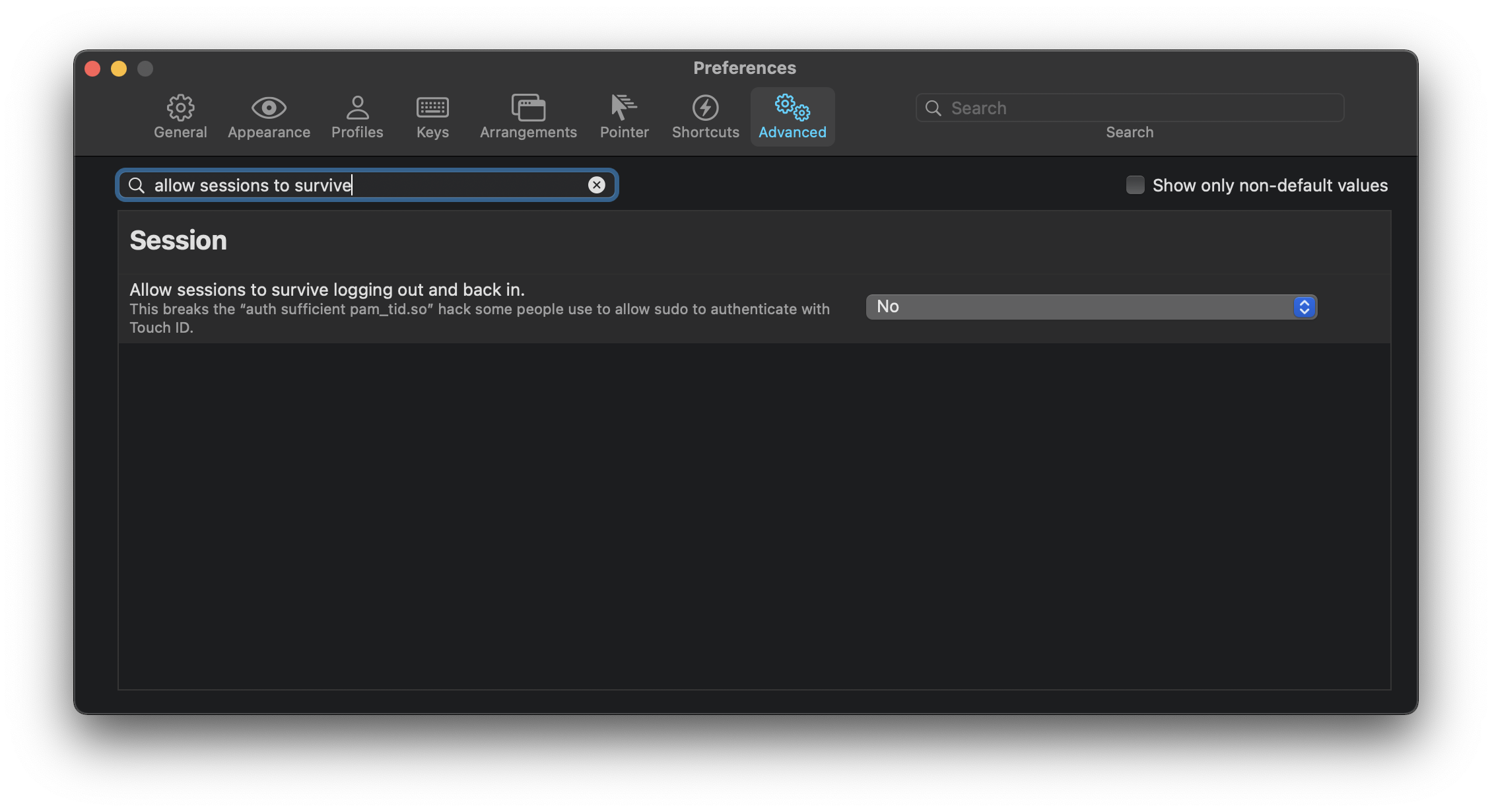
There might be some issues when switching between the environments, but I’m assuming you’ll be running your backend under Rosetta, so it shouldn’t be a problem. Now you have two Homebrew installations and two version of each Homebrew package - one compiled under M1, and one compiled under Rosetta. But it must be recompiled for the Apple M1 used in the new MacBook Air.

ITERM M1 SUPPORT SOFTWARE
Previously, macOS software was written and compiled for Intel chips. (For zlib try exporting this too: CFLAGS='-I/usr/local/opt/zlib/include -L/usr/local/opt/zlib/lib') This should work! Apple Silicon brings a huge change to Mac software. If you encounter any problems with missing libraries (such as zlib), relink them using brow link zlib and make sure to run those export commands that brew spits at the end, for example: For compilers to find zlib you may need to set: export LDFLAGS="-L/usr/local/opt/zlib/lib" export CPPFLAGS="-I/usr/local/opt/zlib/include" For pkg-config to find zlib you may need to set: export PKG_CONFIG_PATH="/usr/local/opt/zlib/lib/pkgconfig"
ITERM M1 SUPPORT INSTALL
Run pipenv shell and then start installing: pip install -r requirements.txtĪnother alternative is that your Pipfile already contains your requirements, in which case they would be installed in the previous step. Python has to be installed under Rosetta. Whatever you do, make sure Pipenv doesn’t reuse existing version of Python that was installed under M1. I use version 3.7 here, because such version doesn’t exist on my system yet, so I know it will be installed using pyenv. In your project directory, create a Pipfile: ] name = "pypi" url = "" verify_ssl = true python_version = "3.7" For me this was: brow install zlib brow install openssl brow install pcre Install Python under Rosetta using pipenv Now install whatever dependencies you’ll need for Python and its packages. Developers are also creating Universal applications that will run natively on both Intel and M1-powered Macs.
ITERM M1 SUPPORT PRO
Basically, you'll run brew for M1 commands and you'll run brow for Rosetta commands. Every Apple app and all its pro apps already natively support the M1 chip. I saw the idea of using brow on some other blog (can't remember where) and I thought that was pretty neat.

zshrc and add an alias: alias brow='/usr/local/bin/brew' (Just follow the instructions on the website.) It will automatically create a binary in /usr/local/bin/brew.Īfter you installed it, your brew command still points to your M1 installation. Open your Rosetta terminal and install Homebrew. We’re going to add another installation and put it in /usr/local. Make sure you have by running this command: m1 ➜ ~ which brew /opt/homebrew/bin/brew I’m assuming you already installed Homebrew under M1. Using red box to indicate I’m on older system, and yellow to show I’m up to date. This is the updated version: declare -A archs archs=( ="$bg_bold%}%)"

I edited theme in my oh-my-zsh installation by editing file ~/.oh-my-zsh/themes/robbyrussell.zsh-theme (theme I'm using).


 0 kommentar(er)
0 kommentar(er)
